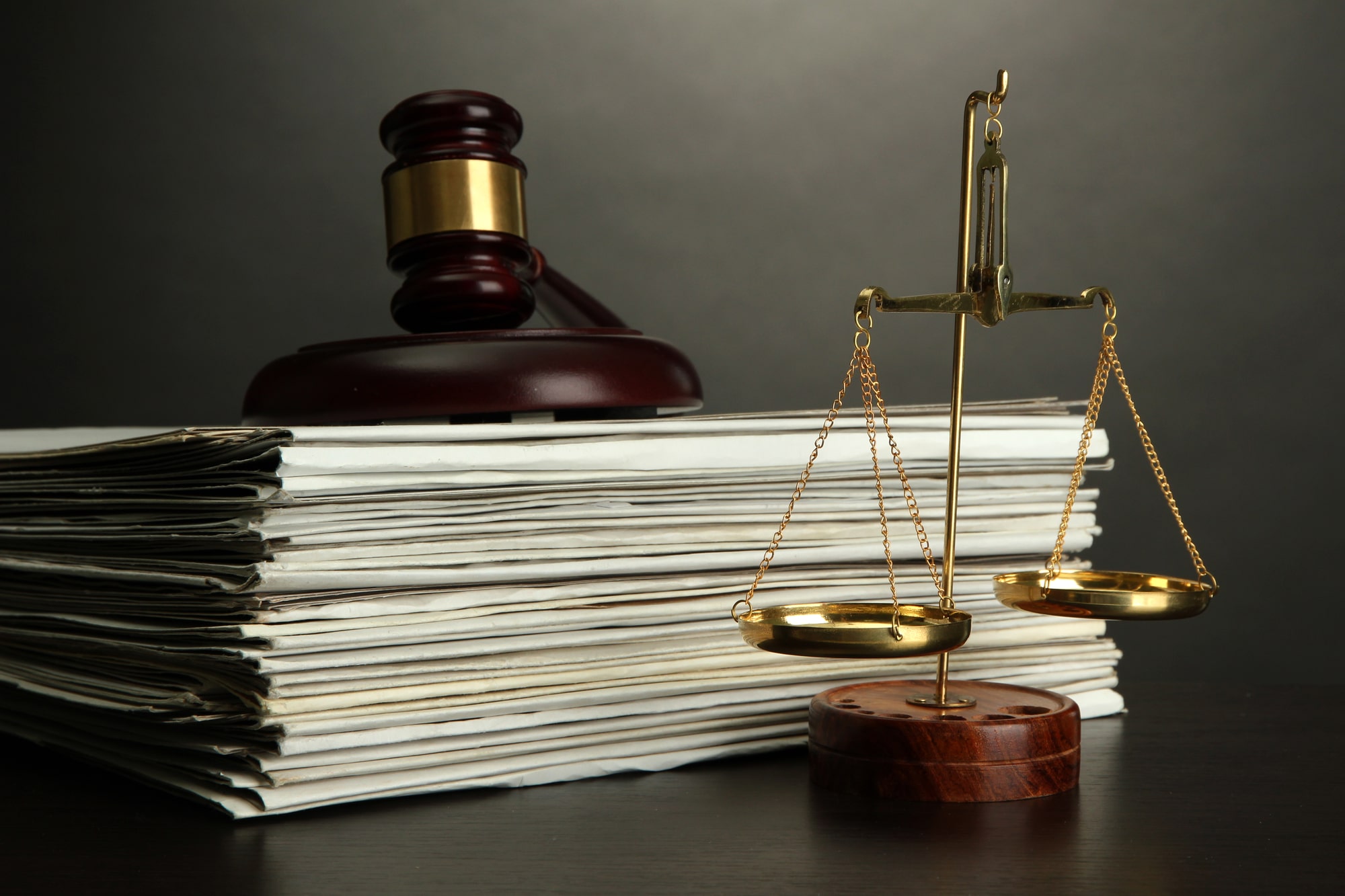What Makes A Trademark Famous? Lessons From IVY LEAGUE And ASUS
When does a trademark rise to the level of fame under U.S. trademark law? Two recent decisions from the Trademark Trial and Appeal Board (TTAB) offer contrasting answers—and valuable lessons. Below, our friends from Trademark Lawyer Law Firm discuss what makes a trademark famous and some lessons about trademarks from the Ivy League and ASUS.
Case 1: The Ivy League Mark Is Famous
In a May 2025 decision, the TTAB held that “THE IVY LEAGUE” is a famous trademark for dilution purposes.
Here’s why:
- The term “Ivy League” has been in use for nearly a century and formally adopted in 1945.
- It refers to a group of eight elite universities—Harvard, Yale, Princeton, and others—that share academic and athletic affiliations.
- The mark is widely used across education, media, merchandising, and pop culture.
- It appears in dictionaries, has extensive national press coverage, and is used on a variety of licensed products.
- The Ivy League actively polices unauthorized use and has multiple registrations for THE IVY LEAGUE and IVY LEAGUE marks across different classes.
- The Board found that the general public, when encountering “IVY LEAGUE” in nearly any context, associates it with this group of universities. That is the legal threshold for fame in a dilution case.
As a result, IV League Nurse Concierge, Inc. was denied registration of their IV hydration therapy mark featuring the name “IV League,” because it was likely to dilute the distinctiveness of the famous IVY LEAGUE mark.
Lesson: When a term becomes part of the cultural vocabulary and is immediately associated with a specific source by the general public, it can qualify as famous and receive broader protection—even beyond confusion.
Case 2: The ASUS Mark Is Strong, But Not Famous
In a separate May 2025 decision, ASUS tried to block registration of ASOS for downloadable retail software, arguing both likelihood of confusion and dilution by blurring.
The Board sided with ASOS.
Here’s why the dilution claim failed:
- ASUS is a coined term with strong recognition in the tech world, especially for hardware and laptops.
- ASUS provided solid evidence of advertising, press coverage, and U.S. sales.
- But most of the advertising and sales evidence was either not U.S.-specific or was from after ASOS’s first use.
- ASUS could not show that it was a “household name” or that the general public (not just tech users) recognized ASUS in “almost any context.”
- While ASUS is a strong mark in its niche, it didn’t meet the high bar for fame required under the dilution statute. The TTAB emphasized that niche fame (even billions in sales) is not enough unless the mark is famous across the general U.S. consuming public.
Lesson: Fame for dilution is all or nothing. You either reach household name status across the general public, or you don’t qualify for the expanded protections under dilution law.
Key Takeaways On Trademark Fame
Fame for dilution requires widespread recognition among the U.S. general public—not just consumers in a niche market.
Fame for confusion is a sliding scale. Even moderate recognition in your field may increase your mark’s protection against similar goods.
Evidence matters: To prove fame, bring U.S.-specific data showing length of use, wide-scale advertising, sales figures, dictionary entries, and national media mentions.
Policing your mark and showing that others don’t use it—or that you stop them—also helps establish exclusivity.
If you need help building a case for your brand’s strength—or defending against a dilution claim a trademark infringement lawyer can provide you with legal advice and support.

